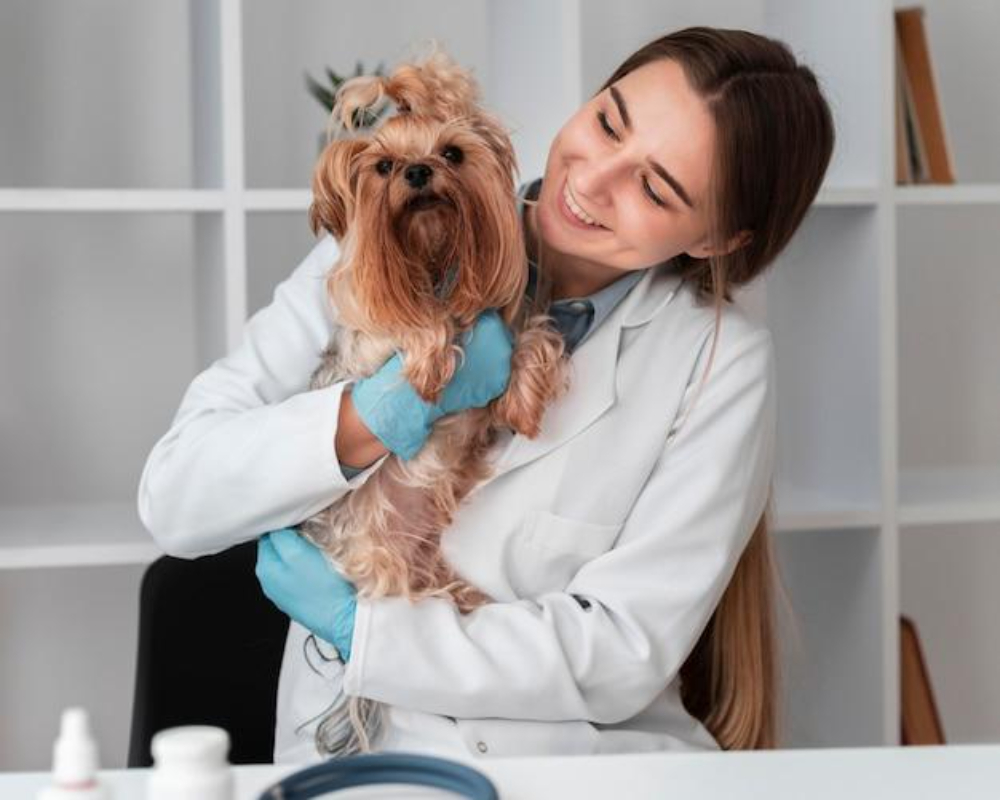
Brachycephalic (brachy for short) breeds like Pugs, Bulldogs, French Bulldogs, and Persian cats are undeniably adorable, with their smooshed faces and soulful eyes.
However, their unique physical characteristics can sometimes lead to health concerns, particularly regarding their respiratory system. Understanding these challenges and implementing proper care strategies is crucial for ensuring your brachycephalic pet lives a happy and healthy life.
Here are some key tips to keep your flat-faced friend breathing easy:
How to Care for Flat-Faced Pets with Brachycephalic Breeds?
Here are some tips on how to keep brachycephalic breeds breathe easy: A guide to caring for pets who have flat faces:
Maintaining a Healthy Weight:
Excess weight can significantly worsen breathing difficulties in brachycephalic breeds. Their shortened airways are already compromised, and carrying extra pounds further restricts airflow. Maintaining a healthy weight through a balanced diet and regular exercise is paramount.
Consult your veterinarian to determine the ideal weight range for your specific pet and discuss appropriate feeding portions and exercise routines.
Recognizing Brachycephalic Obstructive Airway Syndrome (BOAS):
BOAS is a common respiratory condition affecting brachycephalic breeds. Symptoms can range from mild, such as snoring and snorting, to more severe, including difficulty breathing, excessive panting, and even fainting.
If you notice any of these signs in your pet, it’s crucial to schedule an appointment with your veterinarian. Early diagnosis and treatment of vet BOAS can significantly improve your pet’s quality of life.
Consulting a Veterinarian for Diagnosis and Treatment:
A thorough veterinary examination is essential to diagnose Brachycephalic Obstructive Airway Syndrome. Your veterinarian may use various methods, including physical examination, pet ultrasound, and X-rays, to assess the severity of the airway obstruction. Treatment options for BOAS can vary depending on the severity of the condition.
Lifestyle modifications, such as weight management and avoiding strenuous exercise in hot weather, are often recommended. In some cases, surgery may be necessary to correct anatomical abnormalities that contribute to airway obstruction.
Monitoring Your Pet During Hot Weather:
Brachycephalic breeds struggle to regulate their body temperature due to their limited airway capacity. During hot weather, be extra vigilant about keeping your pet cool and comfortable. Provide access to plenty of fresh water and shaded areas.
Avoid strenuous exercise during the hottest part of the day. Consider cooling vests or mats to help your pet maintain a comfortable body temperature.
Creating a Brachycephalic-Friendly Environment:
Certain environmental factors can exacerbate breathing difficulties in brachycephalic breeds. Minimize exposure to dust, smoke, and other airborne irritants that can irritate the airways. Use a harness instead of a collar to avoid putting pressure on your pet’s neck, which can further restrict airflow. Provide raised food and water bowls to improve posture during eating and drinking.
By following these tips and working closely with your veterinarian, you can ensure your brachycephalic pet enjoys a long and healthy life. Remember, understanding the unique challenges faced by these breeds and implementing proactive care strategies is essential for keeping them breathing easy.
And with that, this blog comes to an end!
